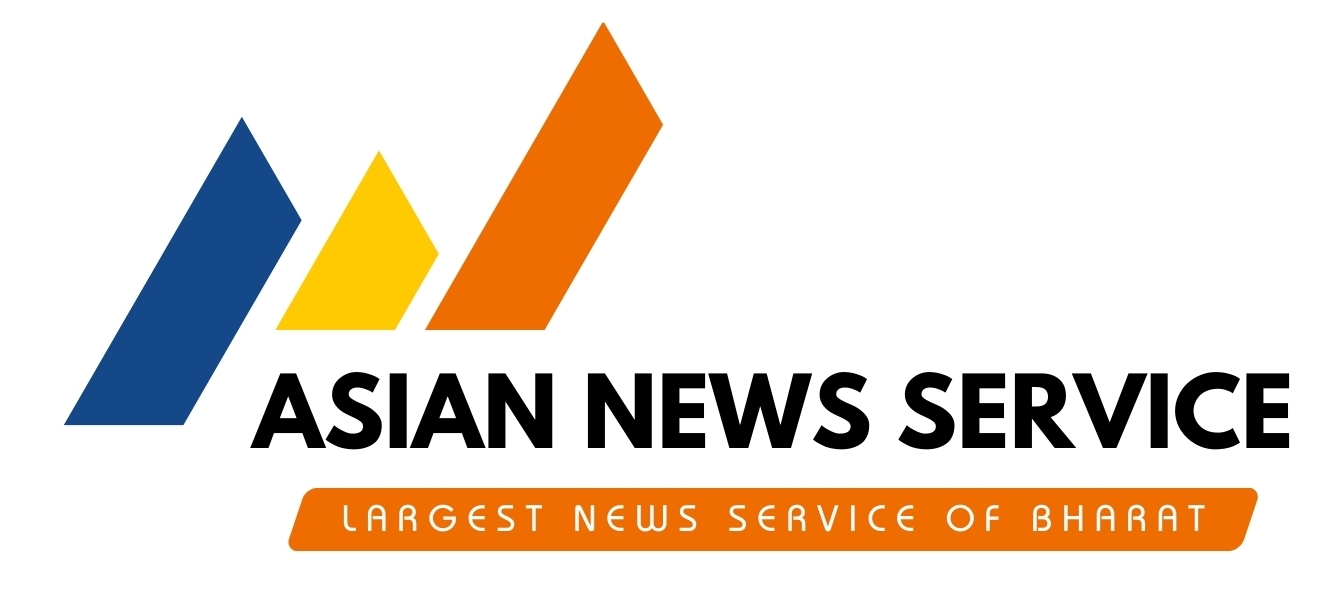School Education System Strengthened Through Rationalisation – No Teaching Post Abolished

Yellow and Black Modern Streaming Platform Logo - 5
Raipur, July 16
In a move to ensure quality and accessible education, the state government has implemented the process of rationalisation with complete transparency, sensitivity, and a policy-based approach. Not a single teaching post has been abolished during this process. Rather, the school education system has been made more robust and better organised in accordance with the provisions of the Right to Education Act, 2009 and the National Education Policy, 2020.
Prior to the rationalisation, the situation in the state’s schools was significantly unbalanced. There were 211 schools with zero enrolment, some of which even had teachers posted. In addition, 453 schools across primary, middle, high school, and higher secondary levels were without any teachers. A total of 5,936 schools operated with only one teacher, covering all levels of schooling. This scenario undoubtedly had an adverse impact on the quality of education.
Conversely, some primary schools had an excessive number of teachers — 8 primary schools had more than 15 teachers, 61 had between 10 and 14 teachers, and 749 schools had between 6 and 9 teachers. A similar imbalance was observed at the middle level, with 9 schools having 15 or more teachers, 90 schools having between 10 and 14, and 1,641 schools employing between 6 and 9 teachers.
In many areas of the state, multiple institutions such as primary, middle, high school, and higher secondary schools operated within the same premises but under separate administrative control, causing complications in management. Furthermore, in rural areas, schools with fewer than 10 enrolled students were found operating within one kilometre of another school. In urban settings, the density was even higher, with several primary schools with less than 30 enrolments operating within 500 metres of each other. To eliminate these disparities and effectively implement the objectives of the National Education Policy 2020 and the Right to Education Act 2009, rationalisation became necessary.
*Phase One – School Rationalisation*
In the first phase of the rationalisation process, schools eligible for rationalisation were identified at the block level based on the standards and guidelines laid down by the government. These proposals were reviewed and recommended by the district-level committee and then submitted to the government. Based on these, a total of 10,538 schools were rationalised. This included 10,372 schools operating within the same premises, 133 rural schools located within one kilometre of each other, and 33 urban schools located within 500 metres of each other.
*Phase Two – Teacher Rationalisation*
For the purpose of teacher rationalisation, surplus teachers were identified and calculated at the primary, middle, high school, and higher secondary levels based on the procedures defined under the National Education Policy 2020 and the Right to Education Act 2009. These surplus teachers were then allocated through a counselling process to schools that were either without teachers, operated with only one teacher, or had subject-specific requirements.
As a result of the rationalisation process, a total of 15,165 teachers and principals were repositioned. Consequently, none of the previously 453 teacher-less schools remain without teachers. Out of the earlier 5,936 single-teacher schools, only 1,207 primary schools now remain without adequate teaching staff due to unavailability.
No post has been abolished during this process. The number of teachers required in each school has been determined based on the student enrolment ratio in accordance with the provisions of the Right to Education Act, 2009.
In the future, if there is an increase in student enrolment at any school, teaching staff will be arranged in accordance with the sanctioned posts for that institution.
